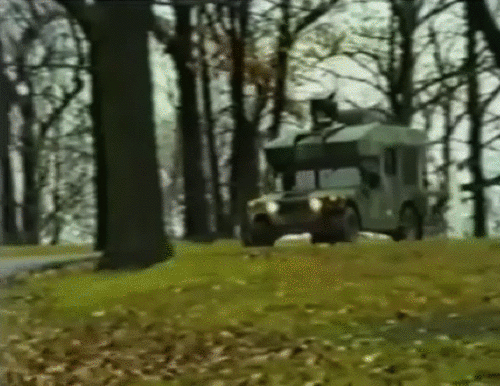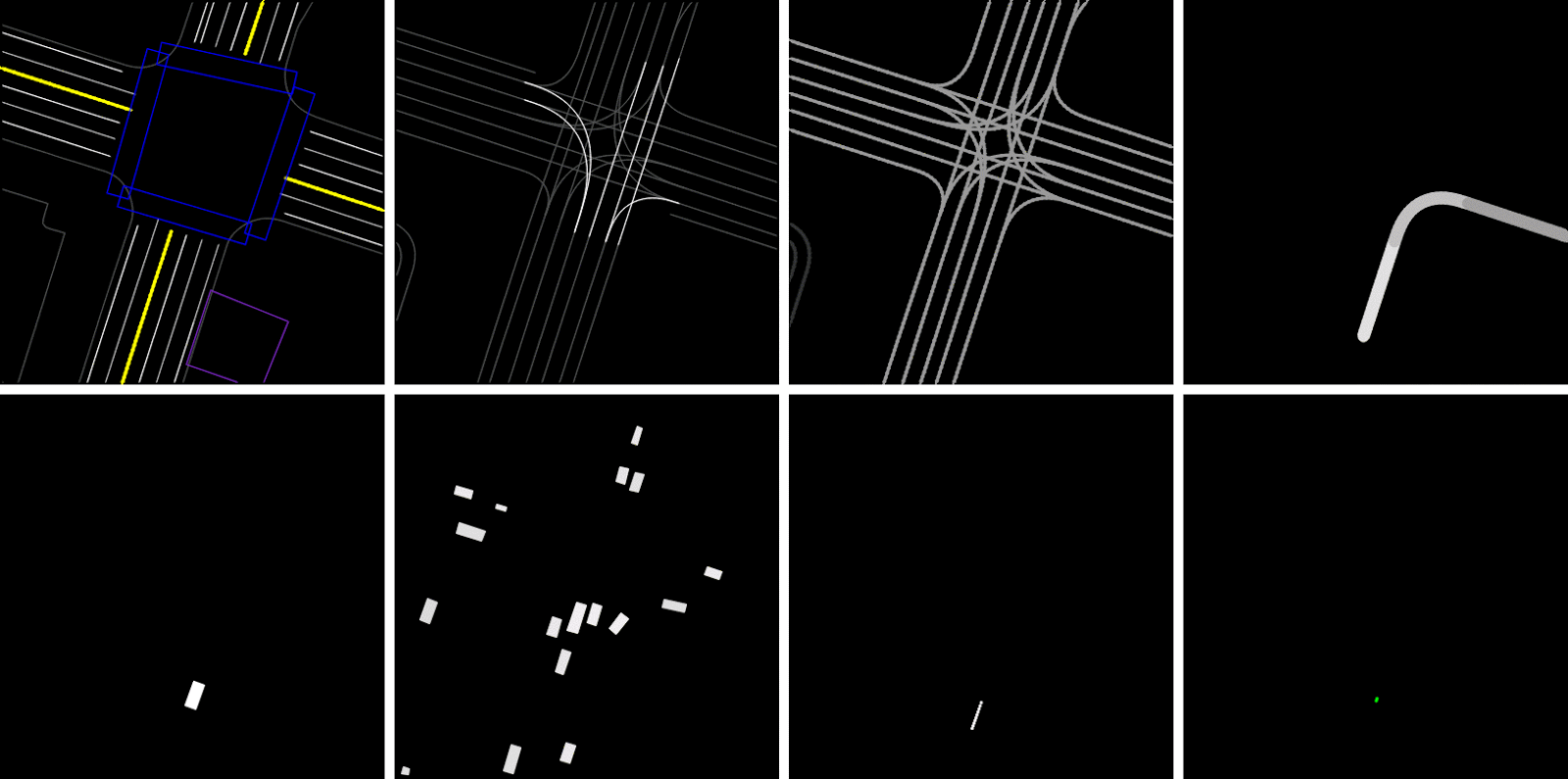My take on the recent v12 news is very positive. Honestly quite exciting and should generate optimism - that's not to say victory is right around the corner.
In the first page of this thread, I posted a concern, well placed at the time, that Elon might be misappropriating the term " end-to-end" to mean simply that every software block, in the complex architectural flow diagram, would be implemented with localized machine learning methodology. Which is not the same as real end-to-end training and solution finding.
However, the latest descriptions recorded by Elon and Ashok, coupled with other tidbits* from Elon's characteristically enigmatic tweets, have me pretty well convinced that v12 is, after all, a real example of end-to-end system implementation.
* What comes to mind are a few things:
- His seemingly new attitude that engineering resources are not the constraint now but training bandwidth clearly is, which I found a bit puzzling on the heels of two consecutive AI Days that were openly and strongly identified as AI-engineer recruitment events. In the recent context this shift in emphasis makes more sense (though I'm sure they still want to grow with top-notch engineering talent)
- The apparent loss of momentum with the 11.4.x releases. Obviously it's impossible to know that this represents some level of resource shifting rather than simply failure to squash some stubborn bugs - I can only say that it feels like development of this branch is now half-hearted. In this context, that's not annoyed whining there's plenty of that in the v11 discussion thread) but just an observation about the slow pace, just at a time when there would otherwise be real urgency to bring the latest and greatest FSD to 2023 production on both HW3 and (in particular) HW3 5 / 4
- Elon's comments about the team coming to a new realization leading to a fundamental simplification, but more lamenting what they've been overlooking, rather than bragging about the brilliance of a new breakthrough. Sorry I cannot find this tidbit right now but I think it's fairly recent, maybe a verbal quote rather than a tweet.
The list of Elon's hints above is interesting in retrospect, but really I think Ashok's simple comment about programming through data instead of code. No it's not original insight, but it's concise, a simple clarification coming from someone who has enormous credibility and personal investment in all kinds of clever code implementation to solve complex tasks.
(I shouldn't have to spend much time in his defense, but I'll just note the unbelievably insulting and contemptible denigrations of this man's capability and motivations just in this thread snd at leastoneother. I've tried to make some effort to see the positives from the bitterest and most cynical critics here, but it's just amazing what kind of mudslinging we see from dedicated scoffers. Skepticism is fine, but in my book you will never, ever, be counted as "right" by couching your arguments in that kind of childish smearing.)
So, although I wasn't sure at the time, I officially take back the implication that it was a misuse of the term "end-to-end. I no longer think that, even if we could proceed to a third order discussion of what that term does or should mean.
What I got from the video is that it was remarkably competent, convincingly so, and very encouraging for what is obviously a true alpha version. Some suggestions over the weekend that the driving was actually not very skillful in general, I frankly disagree with. Some of the cired examples are simply
not bad driving, others are arguably improper, but so prevalent in human driving that it becomes pointless or hypocritical to object to the car doing things that nearly everyone does, nearly all the time. Of course it wasn't flawless, to me that wasn't the point. It was/is an incredibly significant existence proof of a very different approach; credit and not derision is called for when the development team can re-examine their basic assumptions and put serious effort into something that upends so much prior work.
I have a lot of questions about how the inputs, outputs and required overrides are interfaced with the system ( the rather sparse conversation in the video suggests that overrides can only be done through distorted-data training, but I'm not sure that principle will hold). This also brings up the sticky problem of misplaced regulatory requirements vs appropriate caution and oversight. It may be too much to hope that appointed techno-bureaucrats can be open minded in the way that I shock and team seem to be, but I hope they can make themselves part of the solution as everyone is learning how this new technology really needs to work.
Overall, I'm very much looking forward not only to continued demonstrations and then early releases, but also to presentations that we occasionally get from Tesla. I think the content of those will be very different but I want to see what they can tell us about what they've learned.




